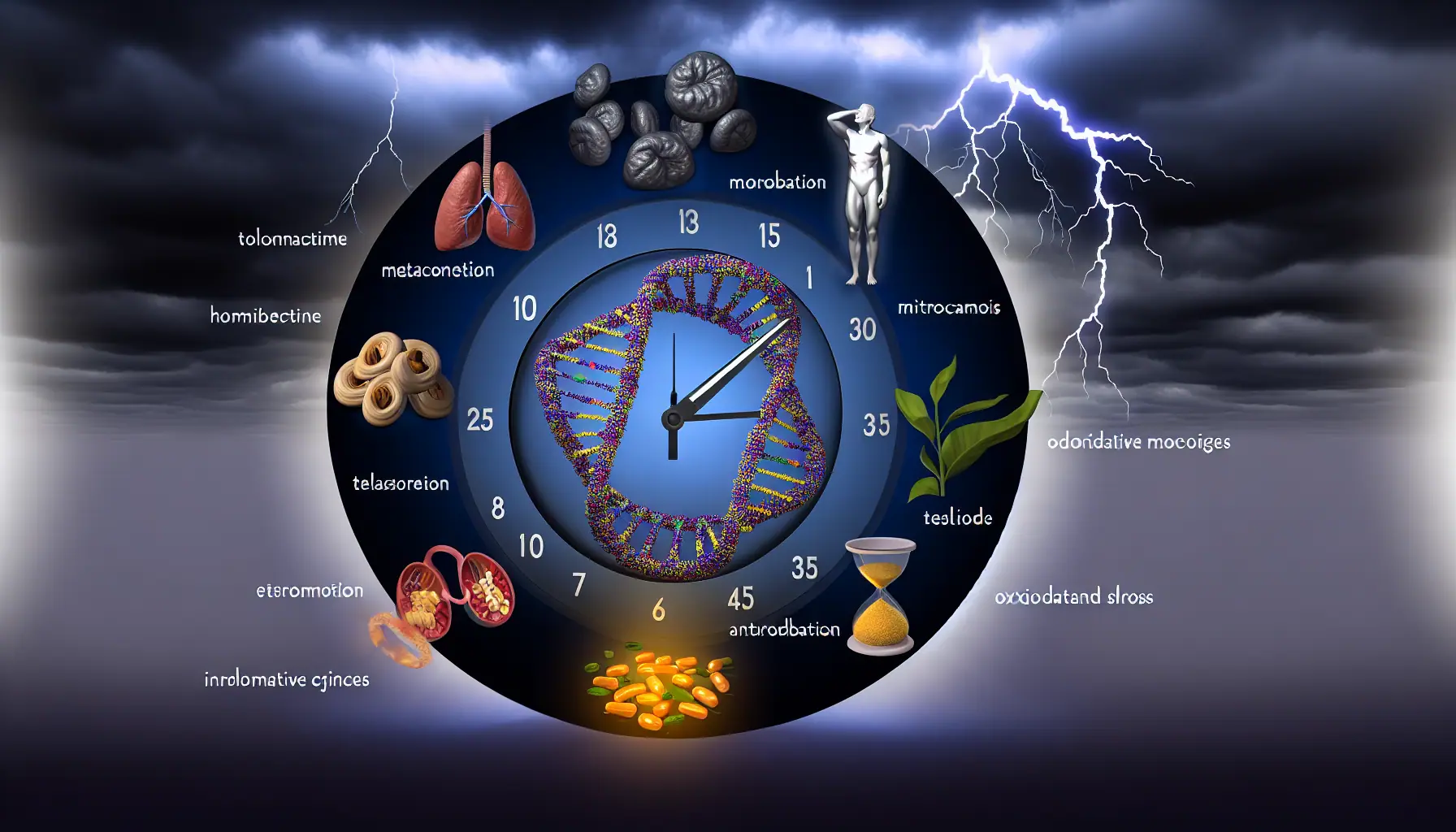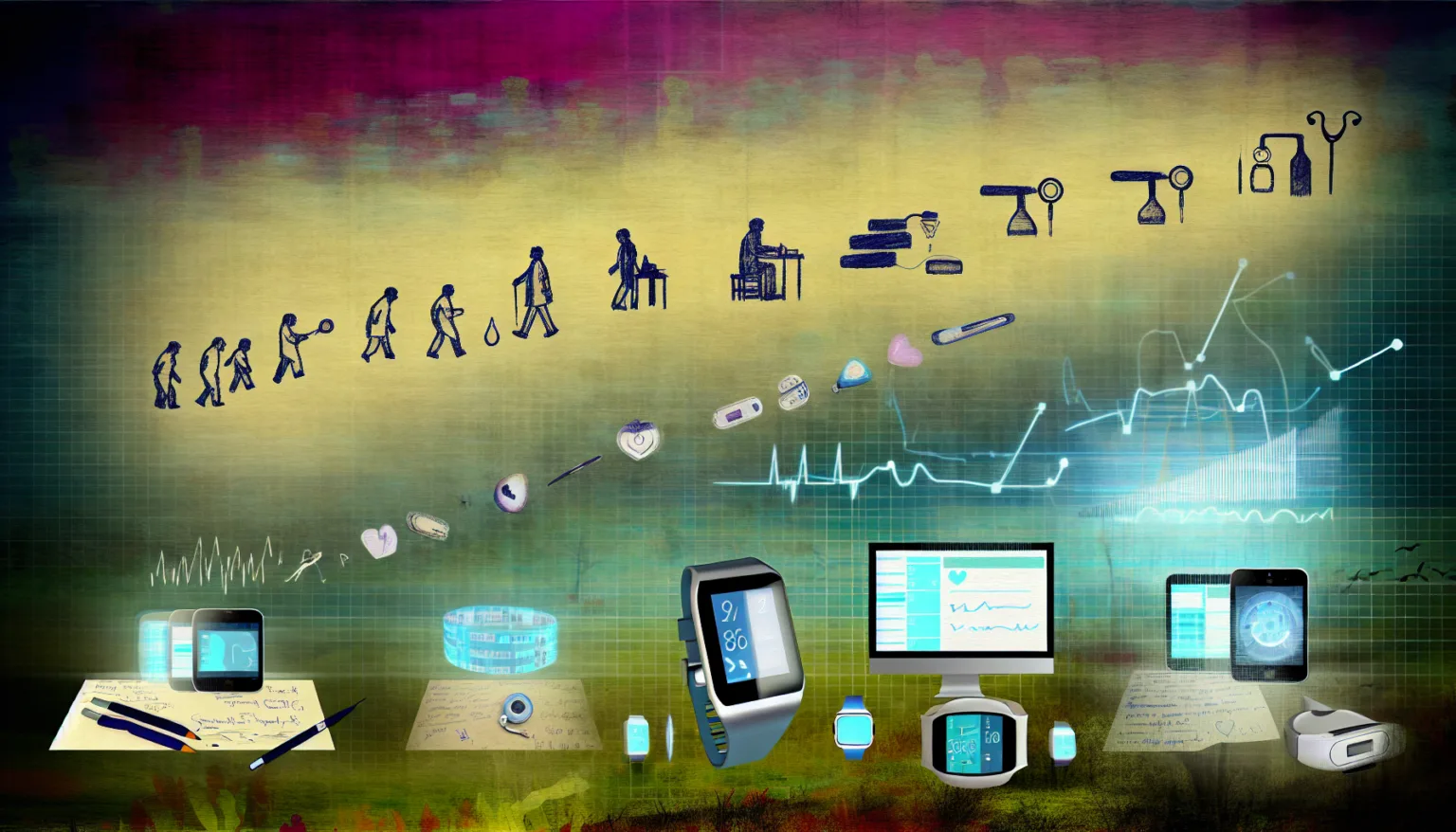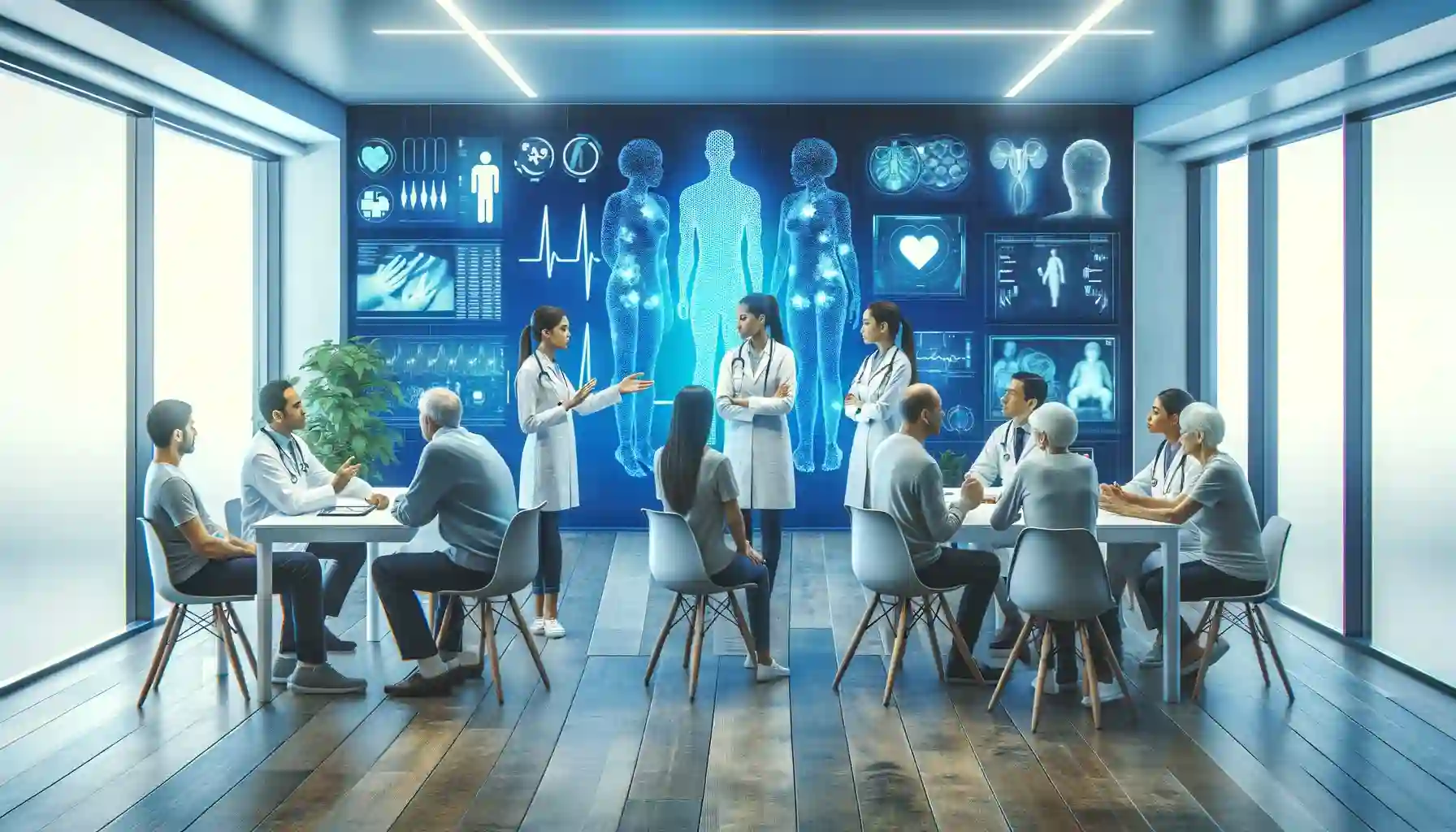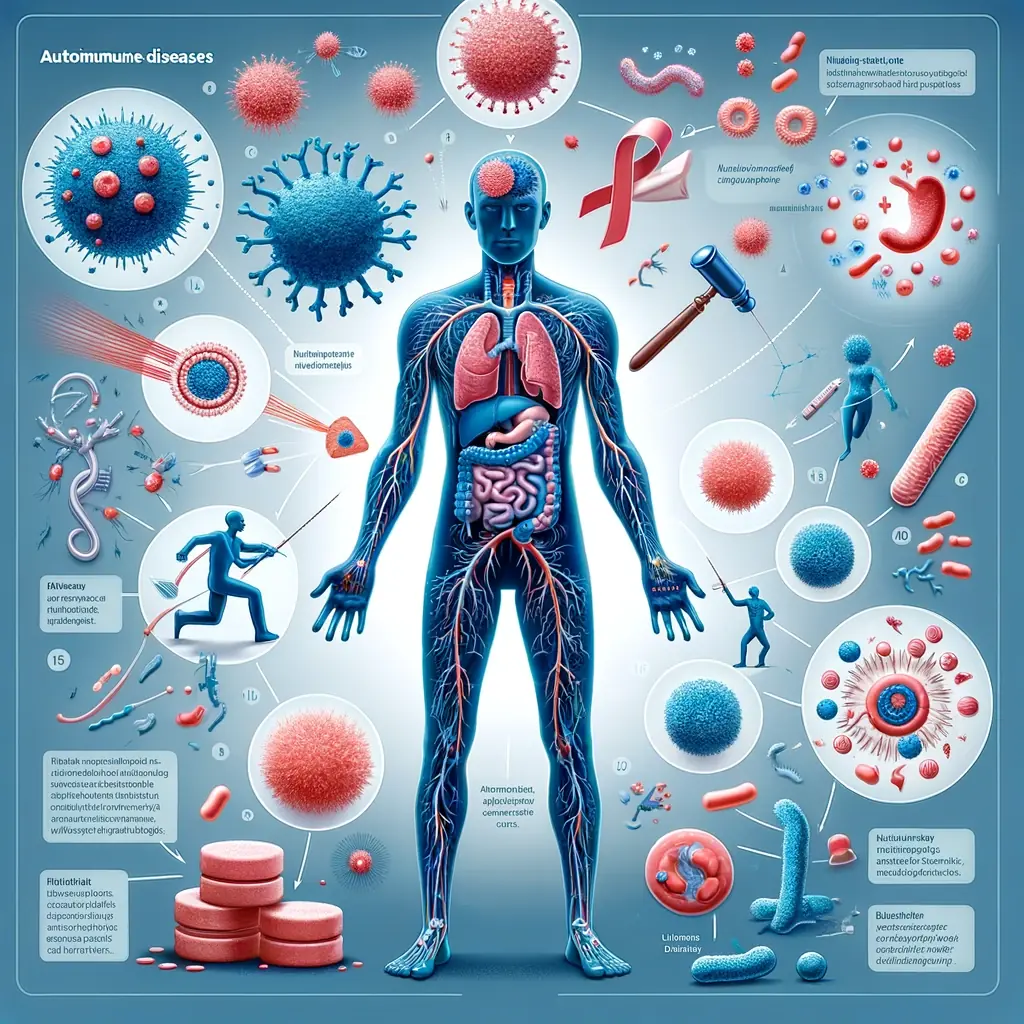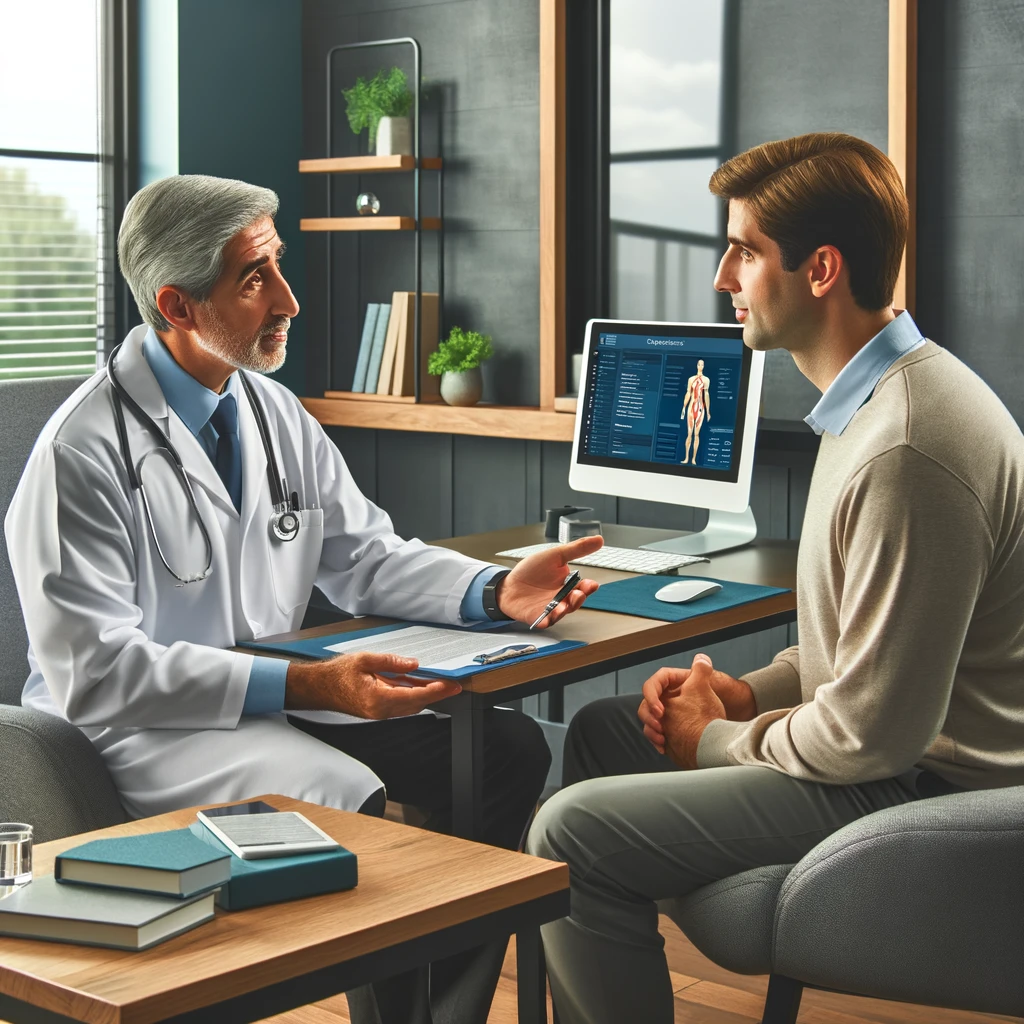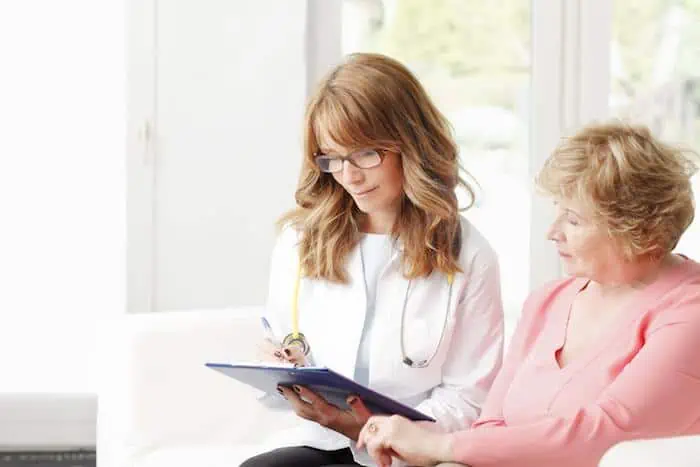
Osteoporosis is a serious bone disease that affects an estimated 54 million Americans, including many older women. Bone is living tissue, constantly breaking down and regenerating over a person’s lifetime. However, this process begins slowing down around age 30, and by the time people reach their 40s and 50s, they often have more bone tissue breaking down than regenerating.
Table of Contents
Now for the good news: Bone loss may become more common with age, but that doesn’t mean you have to wait for it to happen.
Our team at Scottsdale Private Physicians, LLC, brings personalized care to people in the Scottsdale, Arizona, community, including ways to stay healthy and strong at every age. We specialize in women’s health. If you want to lower your risk of osteoporosis, we recommend taking these five important steps.
They say that knowledge is power, and that’s especially true when it comes to beating osteoporosis. While this disease can strike at any age, certain factors significantly increase your chances of having a problem, such as:
If any of these risk factors sound familiar, talk to your doctor to learn how to protect your bones before issues arise.
Exercise really does a body good, especially if you want to keep your bones healthy and strong. And incorporating the right exercises into your routine stimulates your cells to build new bone tissue. These activities typically fall into two categories: weight-bearing and resistance.
These activities usually involve doing things where your bones support your body weight, like dancing, walking, stair climbing, and low-impact aerobics.
Weight-bearing exercises provide numerous benefits for bones in your legs, hips, and lower spine. Plus, they often offer cardiovascular benefits, so they’re good for your heart and circulatory system as well.
These activities involve resistance — or opposing forces. Their overall goal is to strengthen major muscle groups in your body and maintain bone density. Examples of resistance exercises include strength training with weights or elastic bands or activities involving water.
For even greater health benefits, we recommend adding flexibility, stability, and balance exercises to your regimen. Activities like yoga and tai chi focus on stretching your spine and muscles, which keeps them working well and creates more stability in your body.
A healthy diet offers a wide range of health benefits, including bone health. But it can be difficult to know where to start.
Most people associate calcium with good bone health, but you can have too much of a good thing. Instead, start with a well-balanced diet. If you’re a woman under 50, strive for 1,000 milligrams of calcium. However, if you’re 51 or older, target 1,200 mg each day. And your bones also need vitamin D and protein.
The perfect diet varies from person to person, but our team can help get you started. We offer nutrition counseling to ensure you take in the nutrients you need to protect your bones.
Did you know every choice you make can affect your bone health, even those you made in childhood? Fortunately, it’s never too late to change unhealthy habits to reach optimal health and protect your bones, such as:
But the best part? Making these changes can affect all aspects of your life and prevent numerous chronic diseases while keeping your bones strong at the same time. If you need help making these changes a part of your everyday life, our lifestyle coaching services can outline the best approach to get you started.
Perhaps most importantly, the best thing you can do to protect your bone health is work closely with your doctor.
Approximately 50% of women age 50 and older will break a bone at some point because of osteoporosis, but you don’t have to be one of them. The sooner you make your bones and overall health a priority, the more results you’ll see in your 50s and well beyond.
Our providers offer preventive medicine services. With our help, you can rest easy knowing that you’re doing everything you can to avoid osteoporosis in the future.
Do you want to reduce your risk of osteoporosis? Contact the Scottsdale Private Physicians location nearest you by calling or booking an appointment online today.
